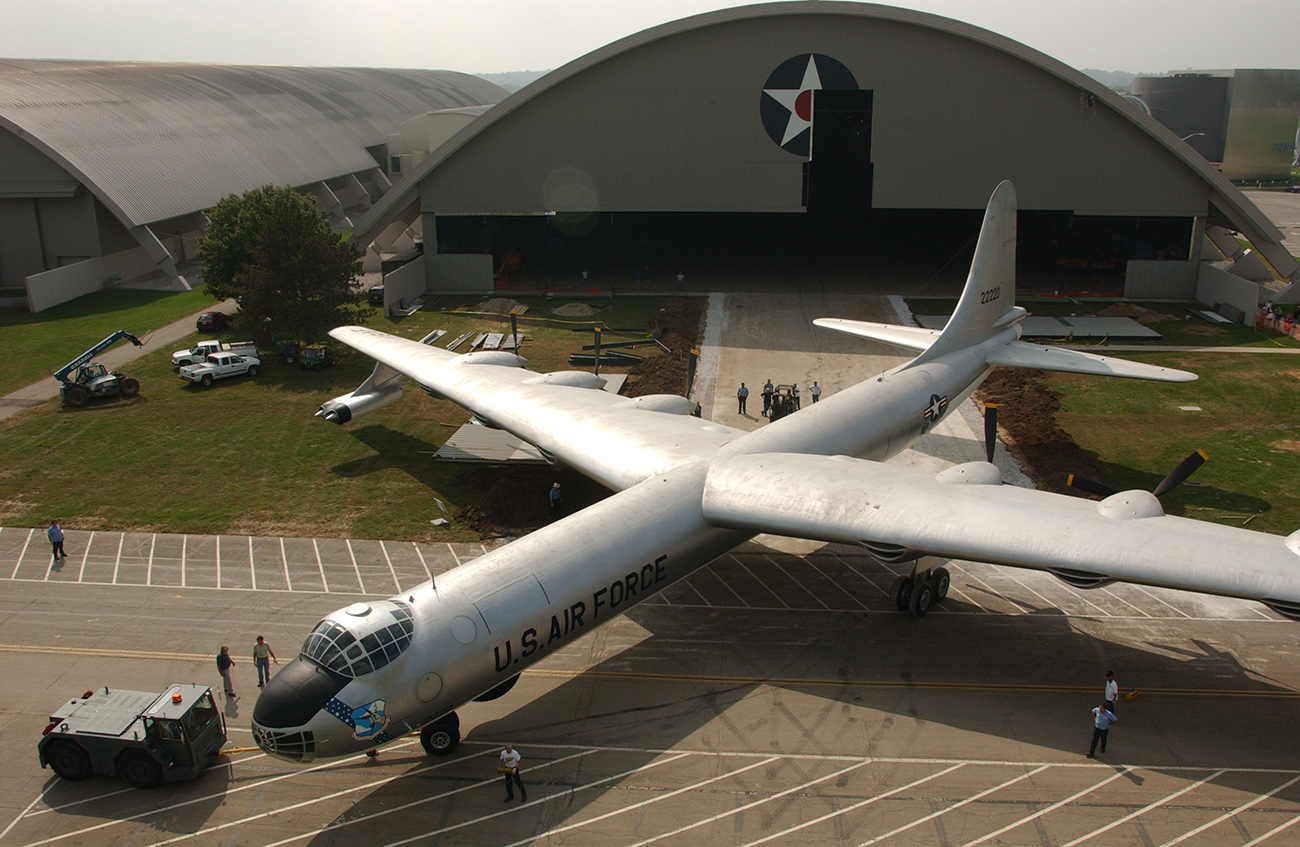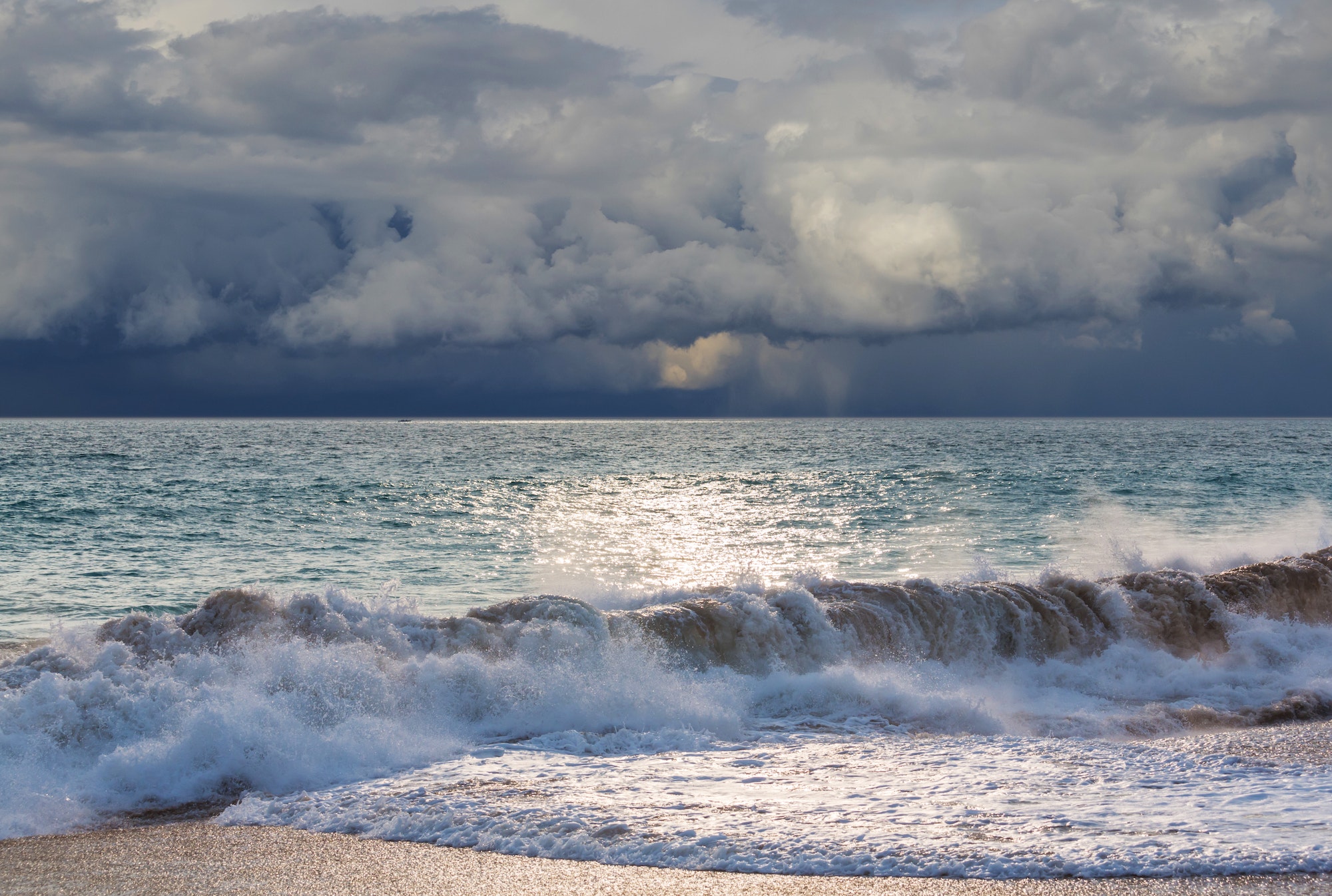“Surviving the storm, rebuilding the paradise – Florida Keys Hurricane 1935”
Introduction
The Florida Keys Hurricane of 1935, also known as the Labor Day Hurricane, was one of the most intense and destructive hurricanes to hit the United States. It struck the Florida Keys on September 2, 1935, with winds reaching 185 mph and a storm surge of over 18 feet. The hurricane caused widespread devastation and loss of life, making it one of the deadliest natural disasters in American history. Its impact on the Florida Keys was so severe that it led to significant changes in hurricane forecasting and disaster preparedness.
The 1935 Florida Keys Hurricane made landfall on the Upper Florida Keys on September 2, 1935.
The Devastating Impact of the 1935 Florida Keys Hurricane
On September 2, 1935, a powerful hurricane landed in the Florida Keys, leaving behind a trail of destruction and devastation. This hurricane, known as the 1935 Florida Keys Hurricane, is considered one of the most intense and deadly storms ever to hit the United States. With winds reaching up to 185 miles per hour and a storm surge of over 18 feet, this hurricane caused catastrophic damage and loss of life.
The Florida Keys, a chain of islands located off the southern coast of Florida, were the first to feel the full force of the hurricane. As the storm approached, residents were caught off guard and unprepared. Many had never experienced a hurricane before and did not know how to prepare for one properly. The lack of warning and evacuation procedures at the time also contributed to the storm’s devastating impact.
As the hurricane landed, powerful winds and a storm surge engulfed the low-lying islands. The winds were so strong that they ripped apart buildings and uprooted trees, leaving behind a path of destruction. The storm surge, the rise in sea level caused by a hurricane, flooded the islands and washed away homes and businesses. These two forces resulted in widespread devastation and loss of life.
The Florida Keys were not the only area affected by this hurricane. As it moved north, it continued to wreak havoc along the coast of Florida. The cities of Miami and Fort Lauderdale were hit hard, with many buildings and homes destroyed. The storm also caused significant damage to the Florida Everglades, a unique and fragile ecosystem home to a diverse range of plant and animal species.
The impact of the 1935 Florida Keys Hurricane was felt far beyond the physical damage it caused. The loss of life was staggering, with an estimated 408 people killed in the Florida Keys alone. Many of these victims were World War I veterans working on a government-funded construction project in the area. The hurricane also had a significant economic impact, as it destroyed crops, homes, and businesses, leaving many people without a source of income.
In the aftermath of the hurricane, rescue and relief efforts were launched to help those affected by the storm. The U.S. Navy and Coast Guard played a crucial role in these efforts, using ships and planes to transport supplies and rescue survivors. The American Red Cross also provided aid and support to those in need.
The 1935 Florida Keys Hurricane was a wake-up call for the United States. It highlighted the need for better hurricane preparedness and response measures. As a result, the U.S. Weather Bureau (now known as the National Weather Service) began issuing hurricane warnings and advisories to help people prepare for future storms. The government also implemented stricter building codes and evacuation procedures to minimize the impact of future hurricanes.
The 1935 Florida Keys Hurricane, also known as the Labor Day Hurricane, caused significant damage and loss of life. Here are some key facts and figures related to the damage:
Loss of Life: The hurricane resulted in the loss of an estimated 408 to 600 lives, with most casualties occurring in the Florida Keys region. The exact number of deaths remains uncertain due to limited records and the remote nature of the affected areas.
Infrastructure: The hurricane destroyed or severely damaged most buildings and infrastructure in the Florida Keys. The storm surge, estimated to have been up to 20 feet (6 meters) high, inundated the low-lying islands, washing away many structures.
Overseas Highway: The hurricane caused significant damage to the Overseas Highway, a road connecting the Florida Keys to the mainland. Railroad bridges linking the islands were destroyed, and sections of the highway were washed out or submerged, cutting off vital transportation routes.
Communication disruptions: The storm severely disrupted communication networks, making it challenging to assess the extent of damage and coordinate relief efforts.
Economic Impact: The hurricane’s impact on the region’s economy was substantial. The Florida Keys heavily relied on fishing, maritime industries, and tourism, severely affected by the storm’s destruction. The loss of infrastructure and communication hindered recovery efforts and prolonged economic repercussions.
Today, the 1935 Florida Keys Hurricane remains one of the deadliest and most destructive storms in U.S. history. Its impact is still felt in the Florida Keys, where memorials and markers remind of the lives lost and the devastation caused by this powerful hurricane. While advancements in technology and disaster preparedness have helped to mitigate the impact of hurricanes, the 1935 Florida Keys Hurricane serves as a reminder of the destructive power of these natural disasters and the importance of being prepared.
Lessons Learned
The Florida Keys Hurricane of 1935 was a catastrophic event that impacted the United States. With winds reaching up to 200 miles per hour and a storm surge of over 18 feet, this hurricane was the most powerful and deadliest ever to hit the country. It claimed the lives of over 400 people and caused extensive damage to the Florida Keys, leaving behind a trail of destruction that would take years to recover from.
As we look back on this tragic event, there are important lessons that we can learn from the deadliest hurricane in US history. These lessons apply to the people of Florida and all those living in areas prone to hurricanes and other natural disasters.
The first lesson we can take away from the Florida Keys Hurricane is the importance of preparedness. In the 1930s, there was not as much advanced warning or technology to track hurricanes as today. However, despite the limited resources available, warning signs were still ignored. Many residents of the Florida Keys did not take the hurricane seriously and failed to evacuate, resulting in many casualties. This reminds us that we must always be prepared for the worst, even if it seems unlikely. It is crucial to have an emergency plan in place and to follow evacuation orders when they are issued.
Another lesson from this devastating hurricane is the importance of infrastructure and building codes. The Florida Keys were a small and isolated community at the time, with limited resources and infrastructure. The buildings were not built to withstand such a powerful storm, so many were utterly destroyed. This highlights the need for proper building codes and regulations in areas prone to hurricanes. It is essential to have structures that can withstand strong winds, and storm surges to minimize the damage and loss of life.
The Florida Keys Hurricane also showed the importance of communication and coordination during a disaster. In the storm’s aftermath, there was chaos and confusion as rescue efforts were disorganized and resources were scarce. This led to delays in aid reaching those in need and hindered recovery. All levels of government and community organizations must work together and communicate effectively during a disaster to ensure a swift and coordinated response.
One of the most tragic aspects of the Florida Keys Hurricane was the high number of casualties among World War I veterans working on a government project in the area. This serves as a reminder of the vulnerability of specific populations during natural disasters. Governments and relief organizations must have plans to assist vulnerable groups, such as the elderly, disabled, and low-income communities, during and after a disaster.
Finally, the Florida Keys Hurricane of 1935 taught us the importance of learning from past mistakes. Significant improvements were made in hurricane forecasting and warning systems in the storm’s aftermath. Building codes were also updated to ensure structures could withstand intense storms. These changes have helped to mitigate the impact of hurricanes in the years since. It is crucial to continuously evaluate and improve disaster preparedness and response strategies to prevent similar tragedies from occurring.
In conclusion, the Florida Keys Hurricane of 1935 was a devastating event that claimed many lives and caused extensive damage. However, it also provided valuable lessons that we can learn from to better prepare for and respond to natural disasters. By being prepared, having proper infrastructure and building codes, effective communication and coordination, and taking care of vulnerable populations, we can minimize the impact of future hurricanes and save lives. Let us not forget the lessons learned from this tragic event and continue to work towards a safer and more resilient future.
Remembering the Tragic Events of the 1935 Florida Keys Hurricane
The Florida Keys Hurricane of 1935 was one of the deadliest and most destructive hurricanes in United States history. It struck the Florida Keys on Labor Day, September 2nd, 1935, with winds reaching up to 200 miles per hour and a storm surge of over 18 feet. The hurricane caused widespread devastation, claiming the lives of over 400 people and leaving thousands homeless.
The Florida Keys, a chain of islands off the southern coast of Florida, were a popular vacation destination in the 1930s. The area was known for its beautiful beaches, warm weather, and laid-back lifestyle. However, on that fateful day in 1935, the idyllic paradise became a nightmare.
The hurricane formed in the Atlantic Ocean and quickly gained strength as it approached the Florida Keys. At the time, there were no advanced warning systems or technology to track and predict hurricanes, so the residents of the Keys were caught off guard. As the storm approached, many people were unprepared and had no choice but to ride out the hurricane in their homes.
The hurricane landed on the Upper Keys, with the eye passing over Islamorada, a small fishing village. The first wave of the storm brought strong winds and heavy rain, causing significant damage to buildings and infrastructure. But it was the storm surge that followed that caused the most destruction. The surge, estimated to be between 18 and 20 feet, swept over the low-lying islands, destroying everything in its path.
The Lower Keys, including the city of Key West, were also hit hard by the hurricane. The storm surge flooded the streets, and the strong winds caused widespread building damage. The Overseas Highway, the only road connecting the Keys to the mainland, was utterly destroyed, cutting off the islands from the rest of the world.
The aftermath of the hurricane was devastating. The death toll continued to rise as rescue and recovery efforts began. Many people were trapped in their homes, and it took days for help to reach them. The lack of communication and transportation made providing aid to the affected areas challenging.
The Florida Keys Hurricane of 1935 also had a significant impact on the economy of the region. The islands relied heavily on tourism, and the industry took a severe hit with the destruction of hotels, restaurants, and other businesses. It would take years for the Keys to recover and rebuild.
In the aftermath of the hurricane, the government and local authorities faced criticism for their lack of preparedness and response to the disaster. The tragedy also highlighted the need for better hurricane warning systems and evacuation plans. As a result, the National Weather Service began issuing hurricane warnings and advisories, and the Civilian Conservation Corps was tasked with rebuilding the Overseas Highway.
Today, the Florida Keys have become a popular tourist destination, with visitors flocking to the islands to enjoy the beautiful beaches and tropical climate. However, the memory of the 1935 hurricane still lingers, and the Keys residents continue to honor and remember those who lost their lives in the tragic event.
In conclusion, the Florida Keys Hurricane of 1935 was a catastrophic event that forever changed the landscape and history of the region. It serves as a reminder of the destructive power of nature and the importance of being prepared for natural disasters. As we remember the tragic events of that day, let us also honor the resilience and strength of the people of the Florida Keys, who rebuilt their communities and continue to thrive today.
Frequently Asked Questions
How strong was the 1935 Florida Keys Hurricane?
.











